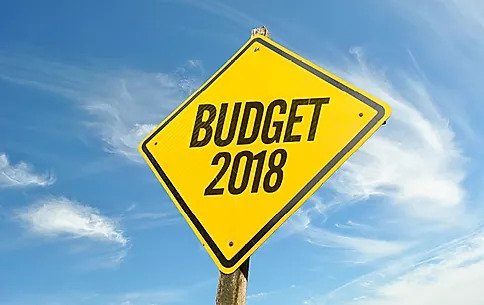If you are either an employee or a self-employed person and you top up your super by making deductible contributions, you need to be aware of not breaching the annual $25,000 concessional (before-tax) contribution cap. If that happens, your tax bill will increase, not to mention the administrative inconvenience you may face.
As an employee, your employer is obliged to pay you the 9.5% of Superannuation Guarantee Contributions (SGC), which count as concessional contributions. So if you are a high-income earner, especially, with more than one employer (eg, a doctor working for more than one hospital) you could risk going over the limit.
“You could also be in danger of reaching the cap if you, as an employee, have salary sacrifice arrangements already in place from last year when the annual concessional cap was higher ($35,000 or $30,000 depending on your age).”
Given that the annual cap was lowered to $25,000 (regardless of age) from this 2017–2018 year, it is advisable to review your current arrangements and adjust your contribution amounts so you don’t inadvertently contravene the new lower cap.
What exactly are concessional contributions?
Concessional contributions are those made to a super fund out of an individual’s pre-tax income and are taxed at 15%.
Generally, concessional contributions include:
- Employer’s super guarantee contributions, that is, the compulsory 9.5% of your salary that your employer puts into your super.
- Salary sacrifice payments made to your super fund by entering into a salary sacrifice agreement with your employer.
- Personal contributions, for which a deduction has been claimed, typically, if you are self-employed.
- Insurance premiums and administration fees when your employer paid those costs to your super fund on your behalf, rather than these being deducted direct from your super fund.
What happens if the limit is breached?
If you go over the $25,000 concessional contributions cap, whether deliberately or unintentionally, the ATO will send you an excess concessional contributions determination, which indicates that:
- The excess contributions will be included in your assessable income and you will be taxed at your marginal tax rate (plus Medicare levy).
- You will receive a non-refundable tax offset of 15% for your excess concessional contributions. This amount acknowledges the tax already paid by the super fund on those contributions. (Remember: concessional contributions are taxed at 15% when received by the super fund.)
You will need to pay an “excess concessional contributions charge” (ECC charge) at an approximate rate of 4.70% (the rate is updated quarterly). The ECC charge period is calculated from the first day of the income year to which the charge relates, ending on the day before the day on which payment is due under the first notice of assessment.
Making the election
After receiving the excess concessional contributions determination, you can choose to pay the tax bill from your own money, or use a release authority issued by the ATO to pay the debt using you superannuation money.
However, before paying the excess, contact us, or your superannuation fund, to confirm that there was an excess of contributions and that this was not a mistake. There could also be a narrow possibility of challenging the excess based on “special circumstances”, but do speak to us first to evaluate your position.
The release authority allows you to use up to 85% of the excess concessional contributions from the superannuation fund to cover the additional personal tax liability. The election to release must be made in the approved form within 21 days of receiving the excess concessional contributions determination.
Once you send the election form to the ATO, it will issue the nominated super fund with an excess concessional contributions release authority. The super fund will then be required to pay the amount to be released to the ATO within seven days. Due to the short seven-day timeframe, trustees of self-managed super funds (SMSFs) should ensure that they have sufficient cash to make the expected payment on time. Note that administrative penalties apply for failing to make a payment to the ATO.
Talk to us first
There are various practical things you can do to avoid paying additional charges. However, talk to us first before making any decision about your super.




